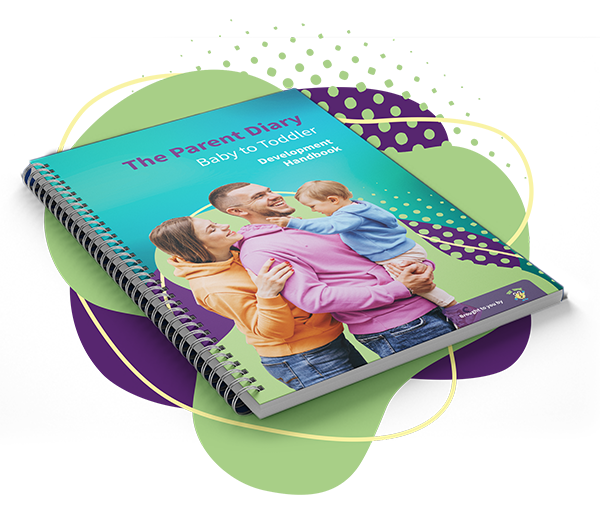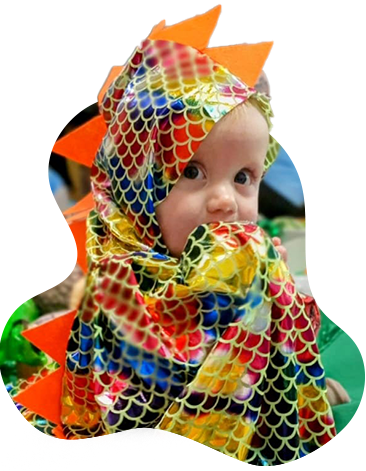No products added!
Written by
TOT TIME
March 3, 2025
As parents, one of the most precious gifts we can offer our children is the ability to understand and express their emotions. Emotional literacy—the capacity to recognise and articulate feelings—is fundamental for their well-being and resilience. While traditional tools like feelings charts can be beneficial, there are creative and heartfelt approaches to bring this teaching to life.
Here are four simple yet effective strategies to help your child connect with their emotions in meaningful ways:
1. Share Your Own Emotions
Children are keen observers and learn from your emotional expressions every day. By using a rich emotional vocabulary, you help them develop their own.
Make it engaging! Choose a “feeling word” each week, like “curious,” “anxious,” or “joyful,” and encourage everyone in the family to use it in conversations.
For instance, instead of saying, “I’m tired,” try, “I’m feeling a bit drained today, but I also feel accomplished because I completed everything on my list.”
By sharing your emotions openly, you teach your child that feelings are a natural part of life, fostering a deeper connection between you.
2. Share Emotion-Filled Stories
Children love stories, especially those from their own lives! Narrating experiences rich in emotions helps them relate feelings to real moments.
Use old photographs or share memories:
“Remember our first family trip?
We were a bit nervous because we didn’t know what to expect, but also really excited!
The long wait at the airport was frustrating, wasn’t it?
But we worked through it, and it became such a wonderful adventure!”
This storytelling approach not only builds their emotional vocabulary but also illustrates that feelings are a normal part of life’s journey.
3. Utilise Everyday Moments for Learning
Sometimes the best lessons happen in spontaneous, unplanned moments. Instead of formal “lessons,” use everyday experiences to spark discussions about emotions.
In stories, films, or daily activities: Pause to identify emotions you observe.
While watching a movie: “Look at that character—he seems really frustrated right now!
What do you think he could do?”
While shopping: “Did you see how relieved the cashier looked when the line shortened?
Her smile showed how happy she was!”
These brief observations can significantly help your child become more attuned to their own feelings and those of others over time.
4. Help Them Connect Emotions with Physical Sensations
Emotions aren’t just in our minds; they also manifest in our bodies. Teaching children to notice these sensations is a powerful step towards self-awareness and emotional regulation.
Ask gentle questions during emotional moments:
“I see your hands are clenched tight—does that mean you’re feeling angry right now?”
“Your shoulders look relaxed—are you feeling calm and happy?”
Demonstrate calming techniques:
Teach them how to take slow, deep breaths, stretch their bodies, or place a hand over their heart when they feel overwhelmed.
These small practices empower them to manage their emotions effectively.
By incorporating these strategies into your daily life, you’re not just helping your child learn to express their feelings—you’re equipping them with the skills to navigate the world with empathy, confidence, and resilience.
Remember, parenting isn’t about achieving perfection; it’s about showing up, building connections, and growing alongside your little one. You’re doing an amazing job!
Related Posts
July 7, 2025
The unspoken strain a baby can place on even the strongest relationship. No one talks about what happens to a relationship after the baby arrives. The shift is slow, quiet…and
May 12, 2025
The Questioning Never Stops Sometimes, I find myself looking at my daughter — mid-meltdown, mid-sass, mid-something — and wondering:“Is she doing this because of something I’ve done? Or not done?”“Am
April 24, 2025
The science behind the songs, stories, and structure your child loves If you’re a parent, you’ve likely experienced the Groundhog Day of early childhood: the same song on repeat, the
Previous Story
No story to show!
Next Story






